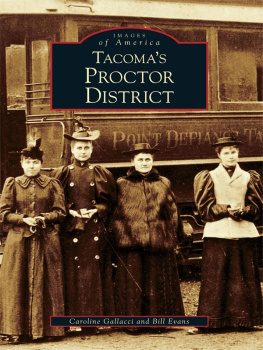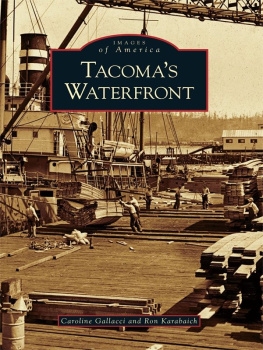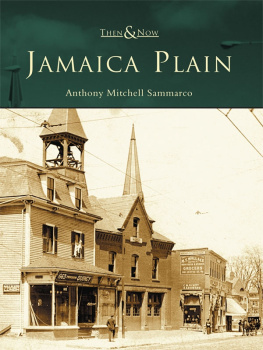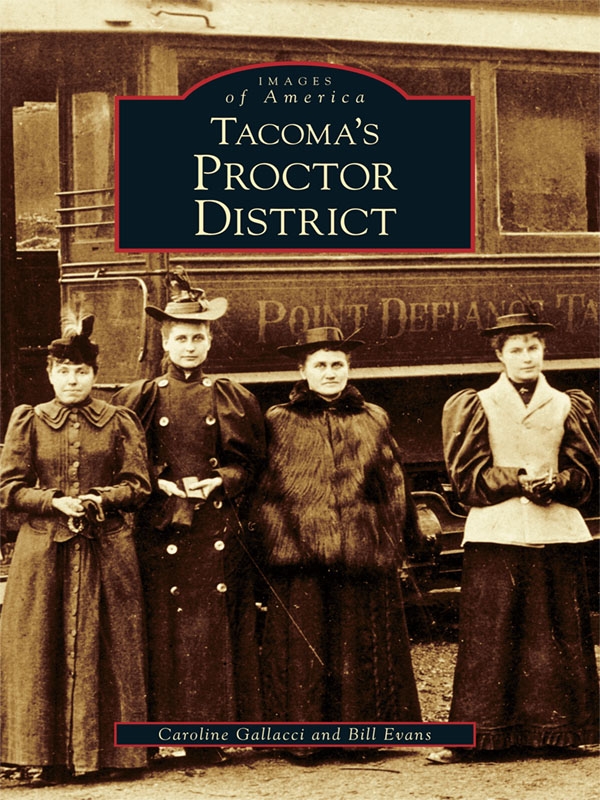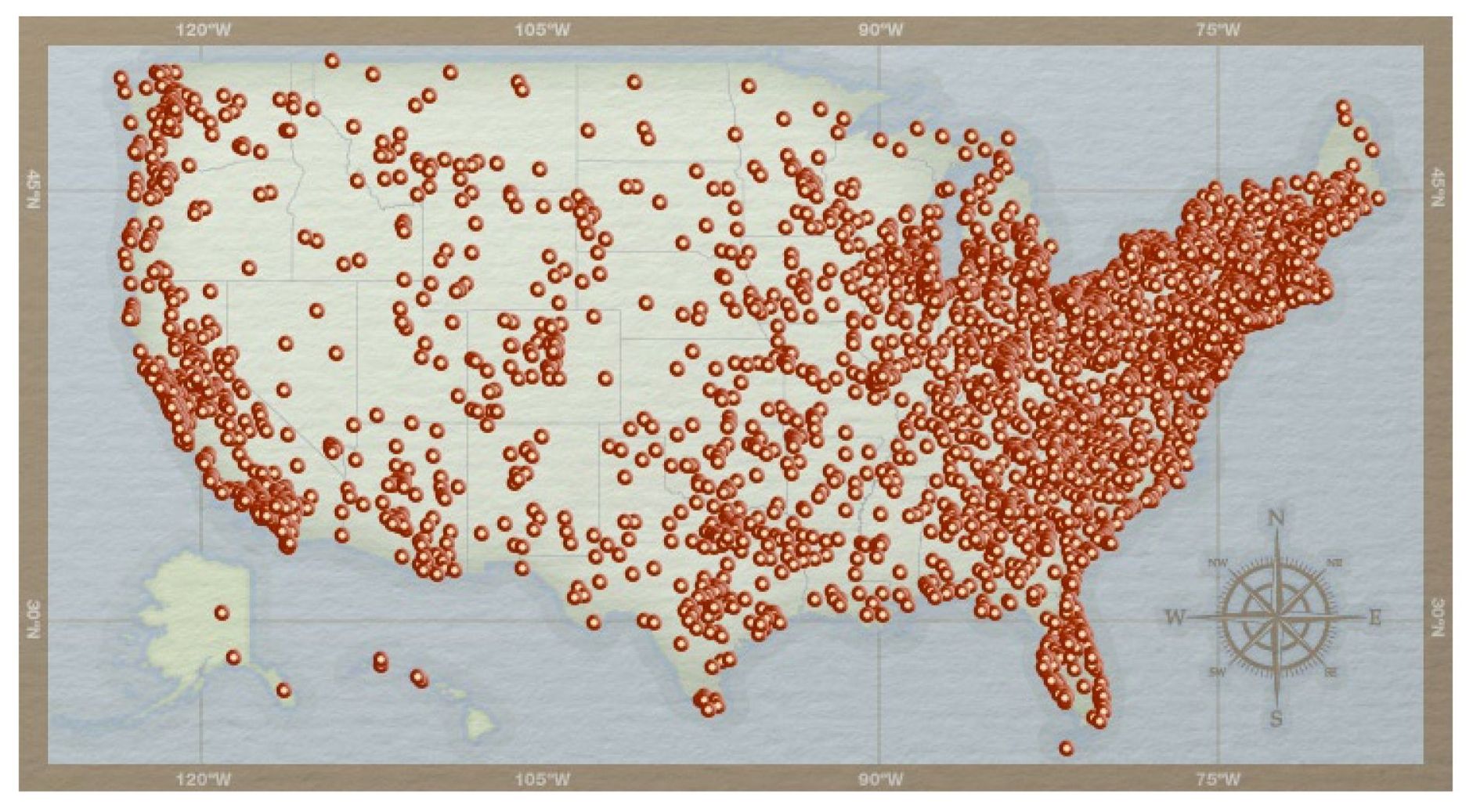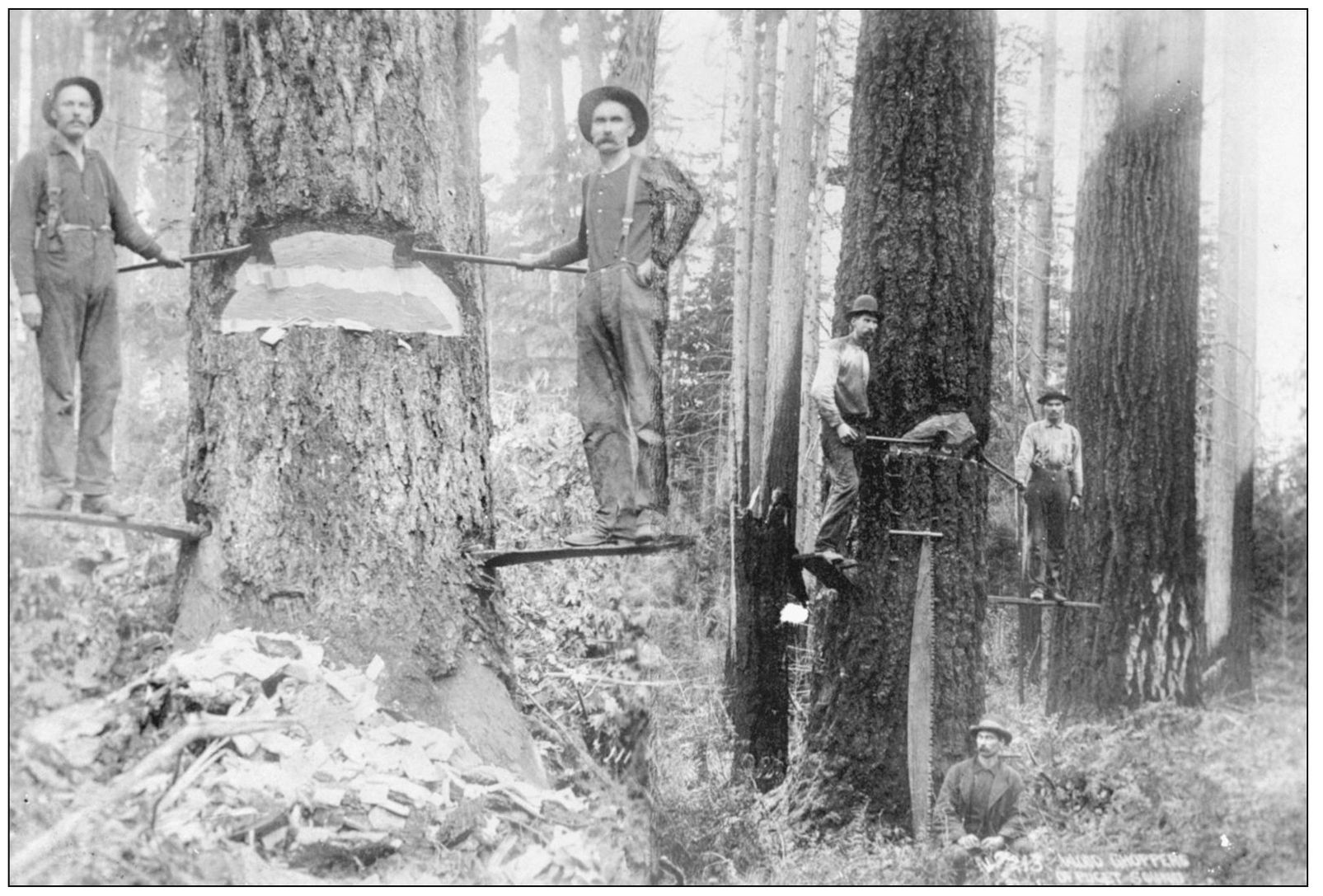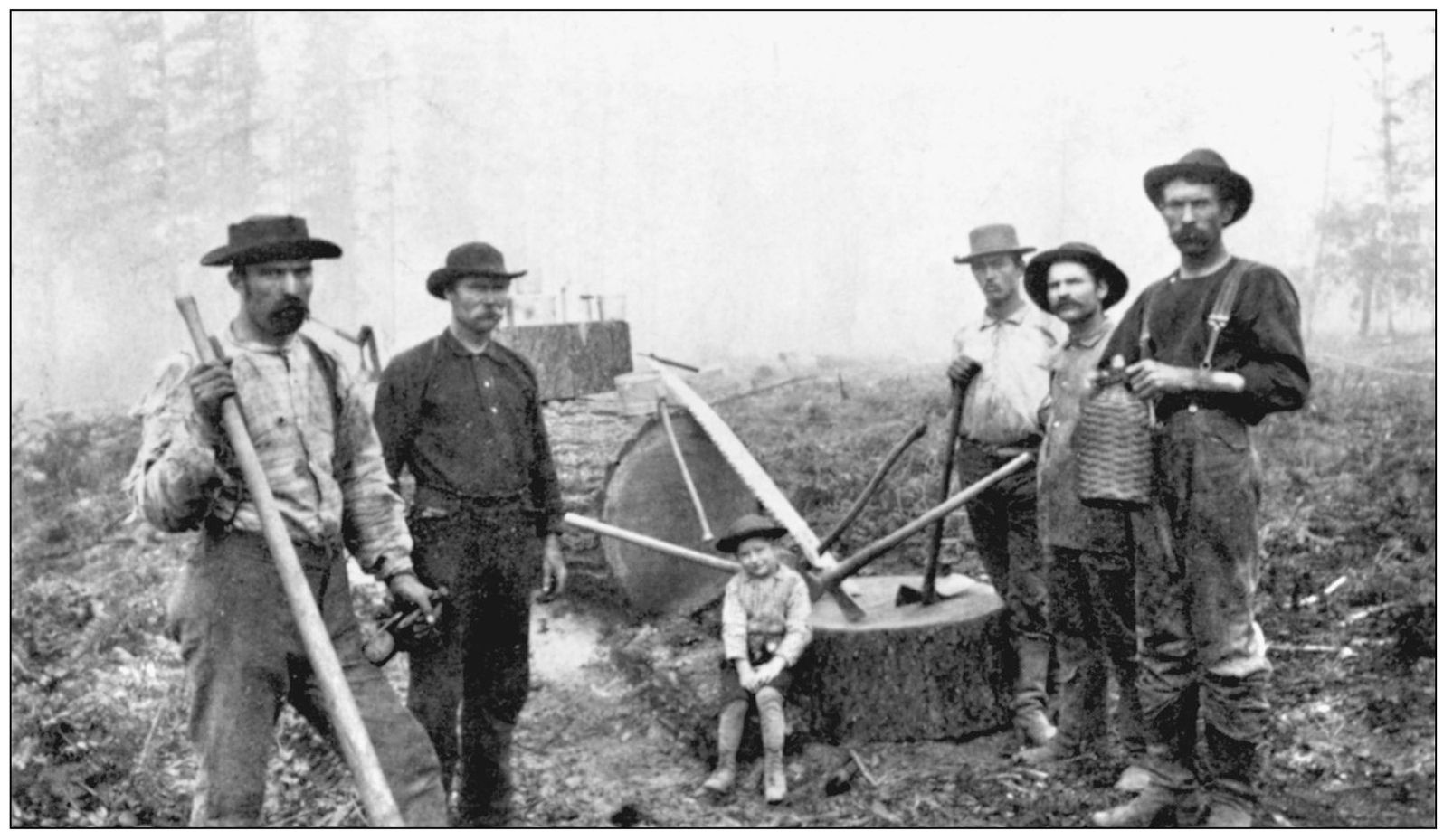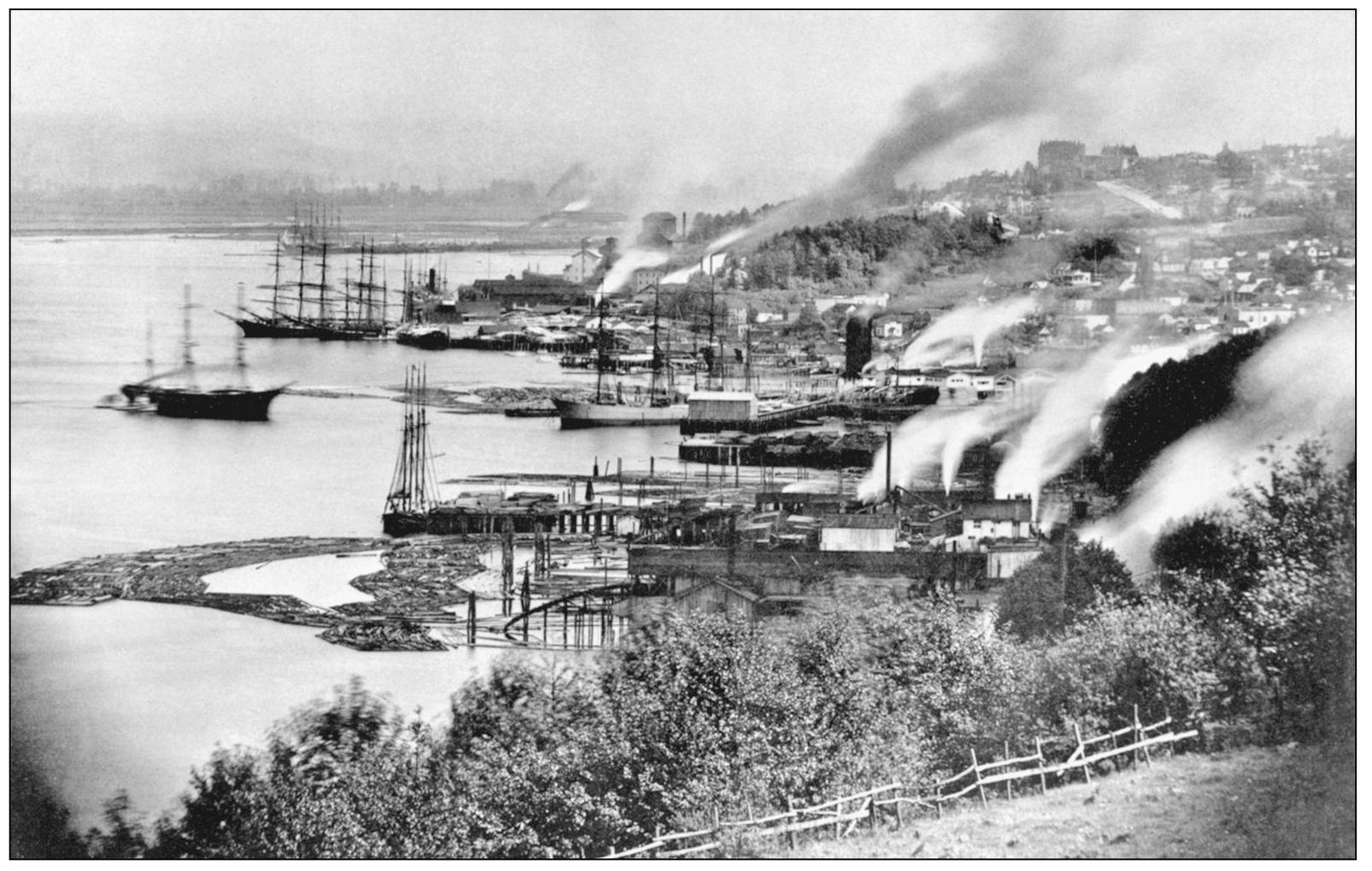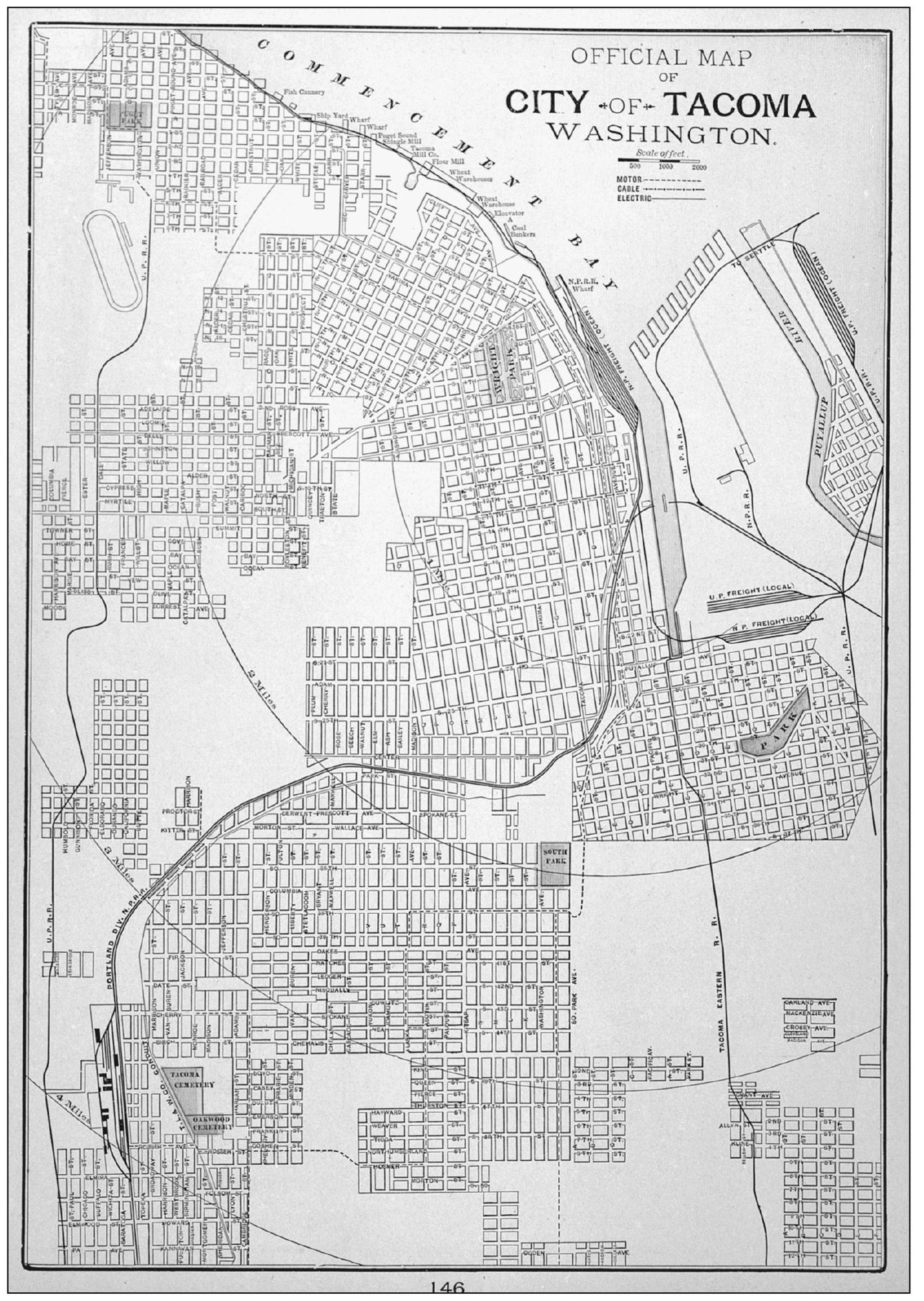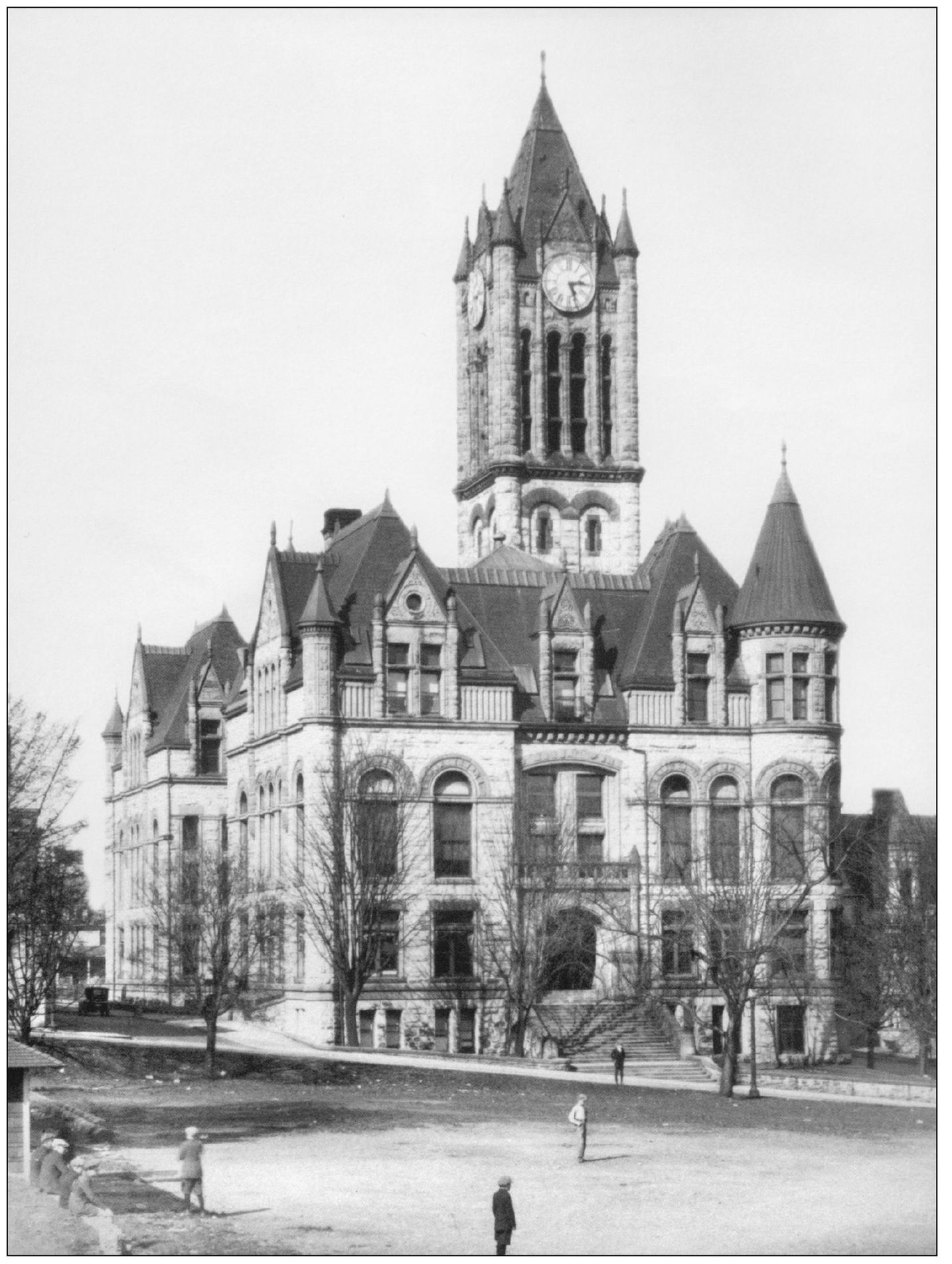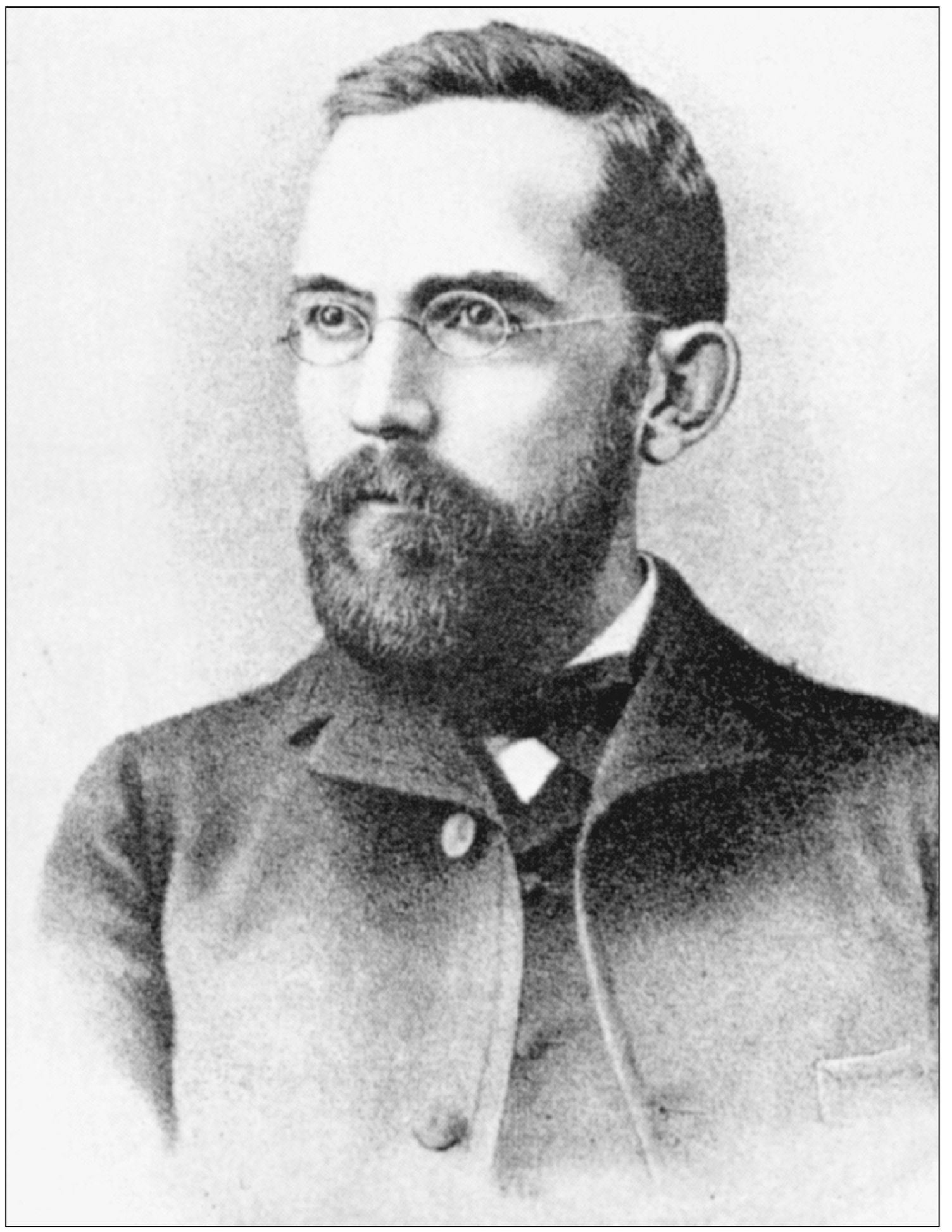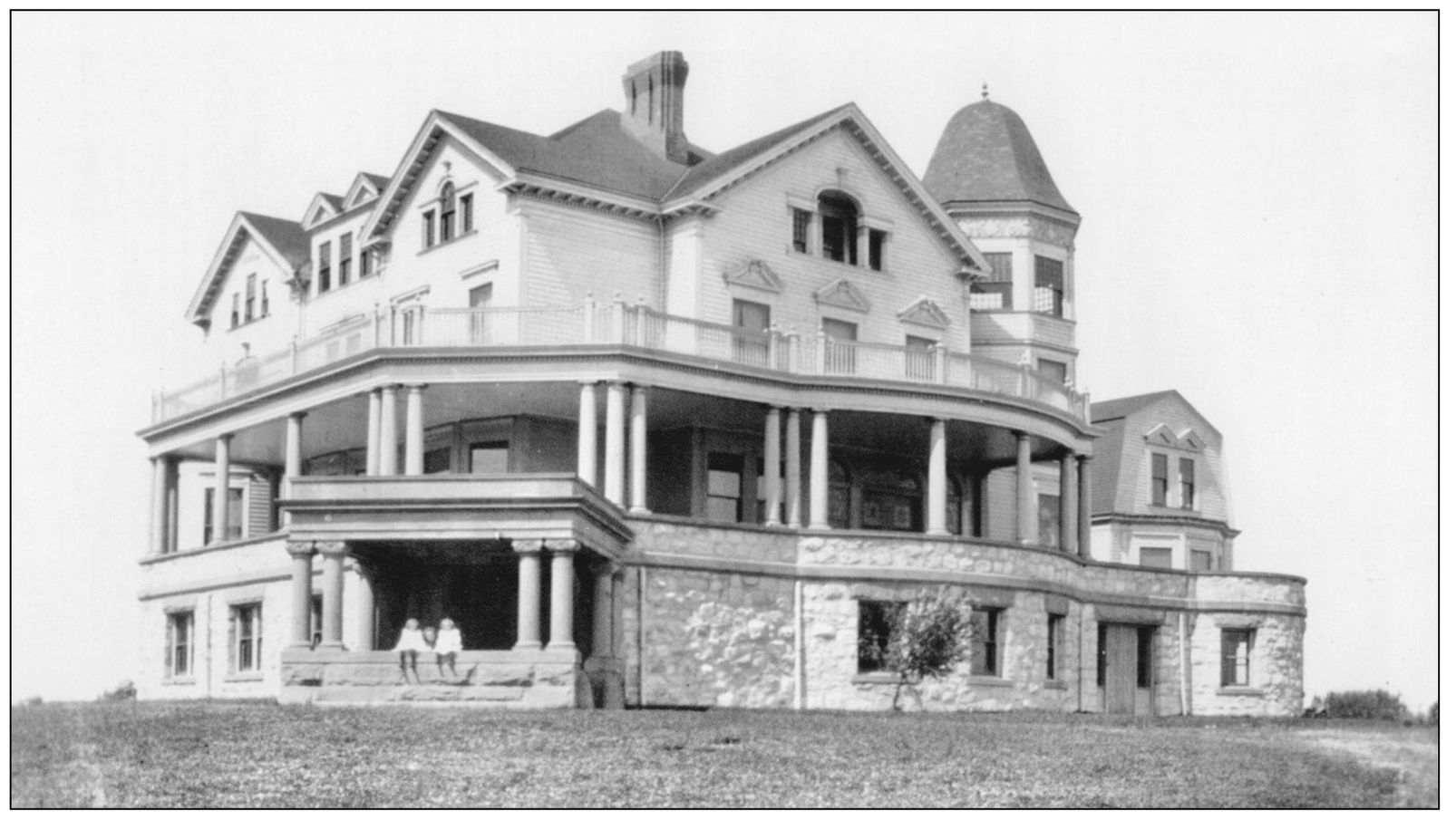Caroline Gallacci - Tacomas Proctor District
Here you can read online Caroline Gallacci - Tacomas Proctor District full text of the book (entire story) in english for free. Download pdf and epub, get meaning, cover and reviews about this ebook. year: 2008, publisher: Arcadia Publishing Inc., genre: Romance novel. Description of the work, (preface) as well as reviews are available. Best literature library LitArk.com created for fans of good reading and offers a wide selection of genres:
Romance novel
Science fiction
Adventure
Detective
Science
History
Home and family
Prose
Art
Politics
Computer
Non-fiction
Religion
Business
Children
Humor
Choose a favorite category and find really read worthwhile books. Enjoy immersion in the world of imagination, feel the emotions of the characters or learn something new for yourself, make an fascinating discovery.
- Book:Tacomas Proctor District
- Author:
- Publisher:Arcadia Publishing Inc.
- Genre:
- Year:2008
- Rating:3 / 5
- Favourites:Add to favourites
- Your mark:
Tacomas Proctor District: summary, description and annotation
We offer to read an annotation, description, summary or preface (depends on what the author of the book "Tacomas Proctor District" wrote himself). If you haven't found the necessary information about the book — write in the comments, we will try to find it.
When Allen C. Mason launched his Point Defiance line in the early 1890s, the Proctor area became one of Tacomas first streetcar suburbs. Before this time, Tacomas North End was a remote, unsettled region populated only by those visiting the citys horseracing track. After Mason established a streetcar stop at the intersection of North Twenty-sixth and Proctor Streetsnear the racetrackbusinesses began to line the thoroughfare. By 1900, houses had been constructed within walking distance of the line, and a residential neighborhood provided the impetus for the construction of schools, a firehouse, churches, and a library. By the 1920s, the neighborhood had expanded and changed to reflect the introduction of the automobile as well as the districts popularity with University of Puget Sound students studying nearby. The community spirit that emerged then continues to this day.
Caroline Gallacci: author's other books
Who wrote Tacomas Proctor District? Find out the surname, the name of the author of the book and a list of all author's works by series.

